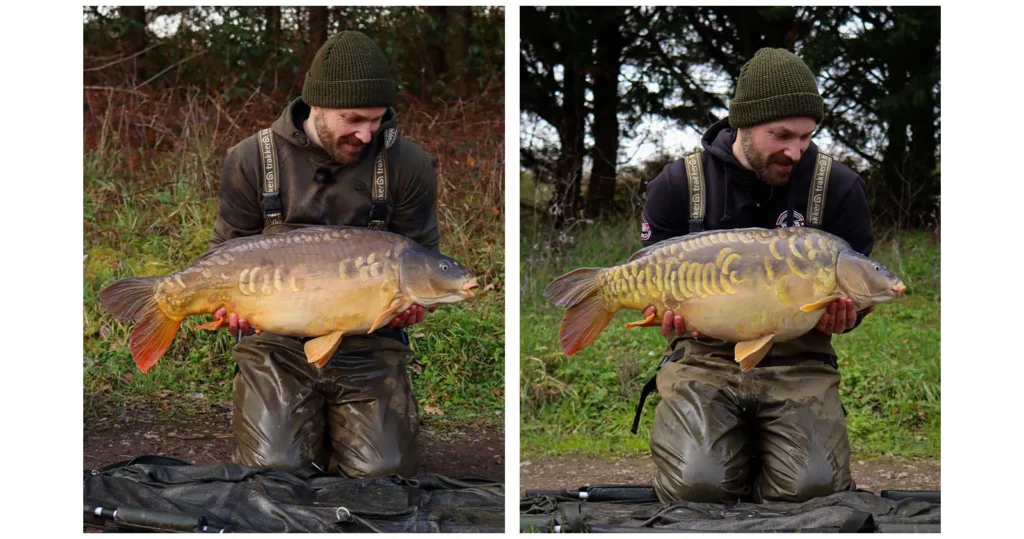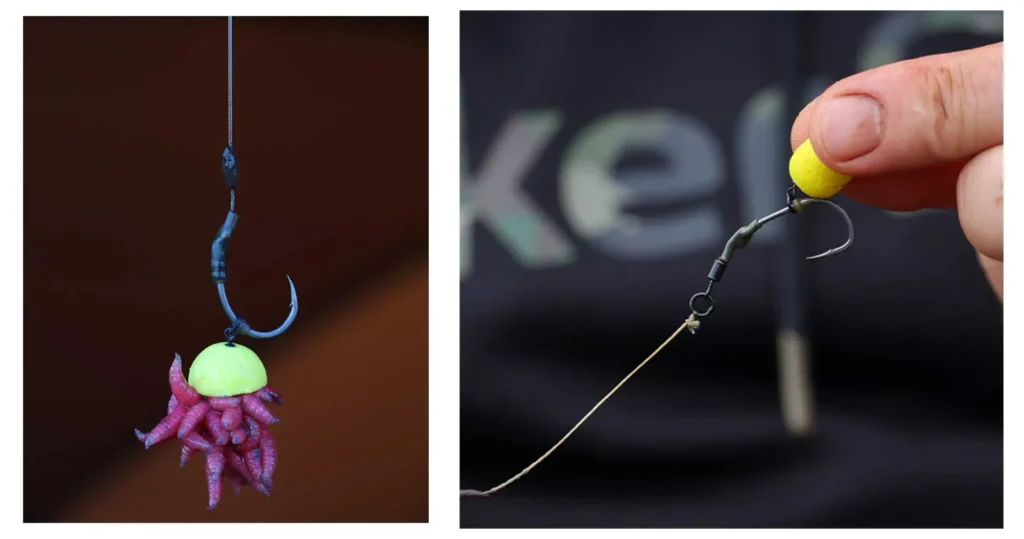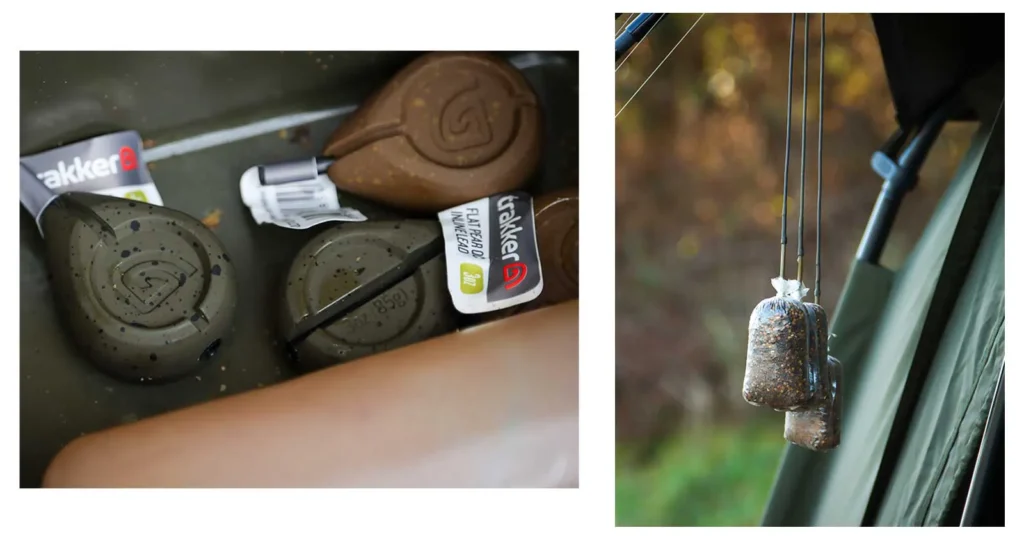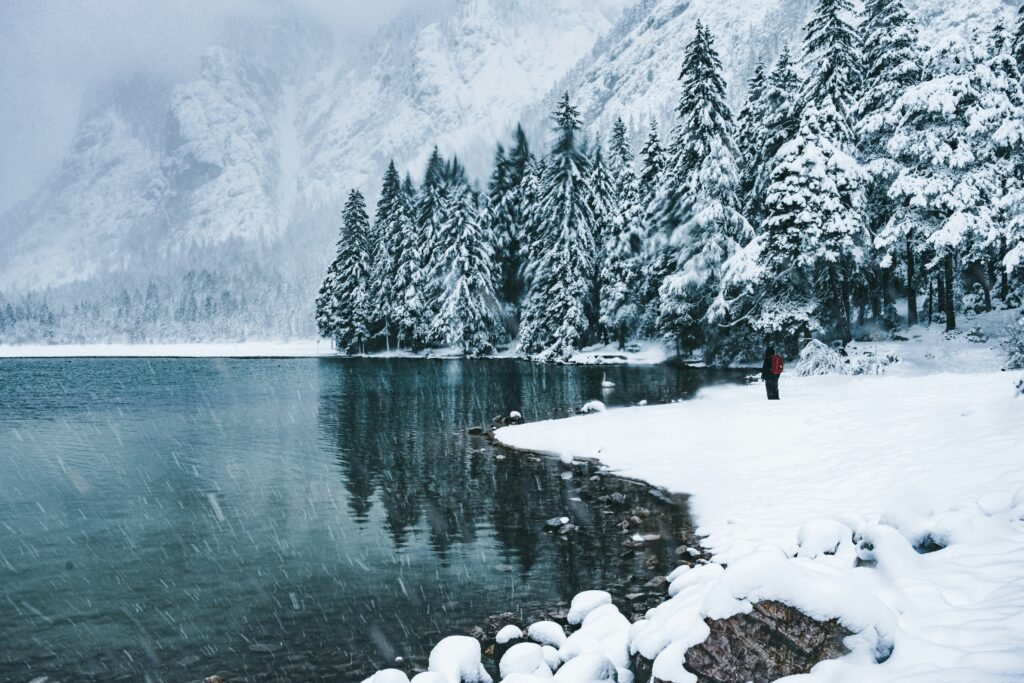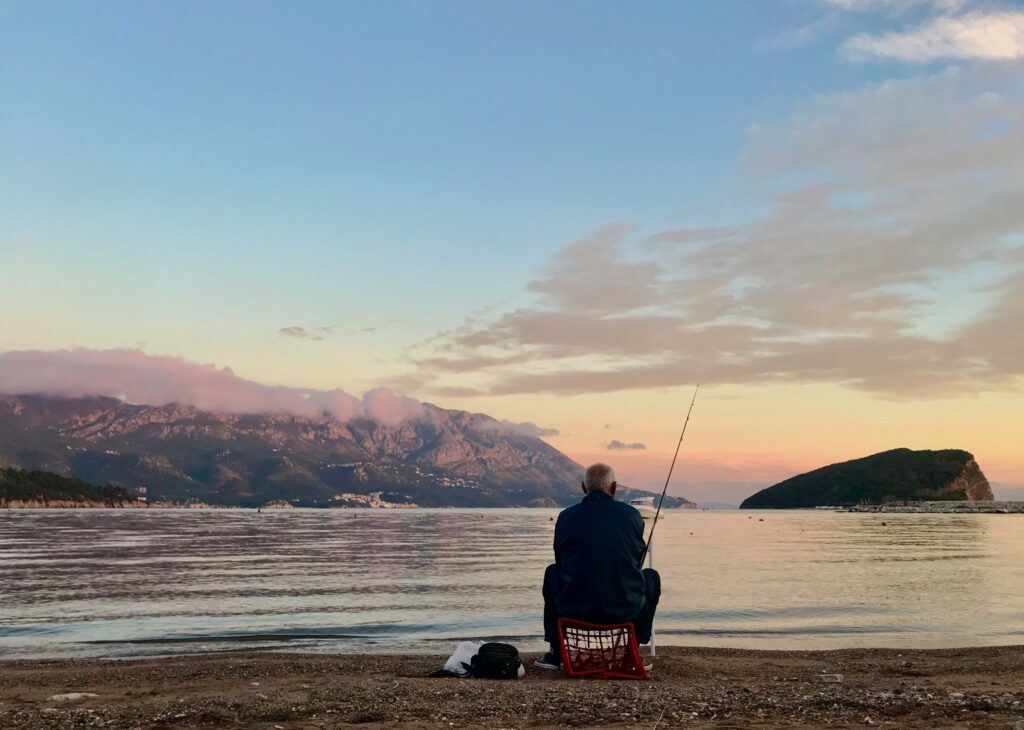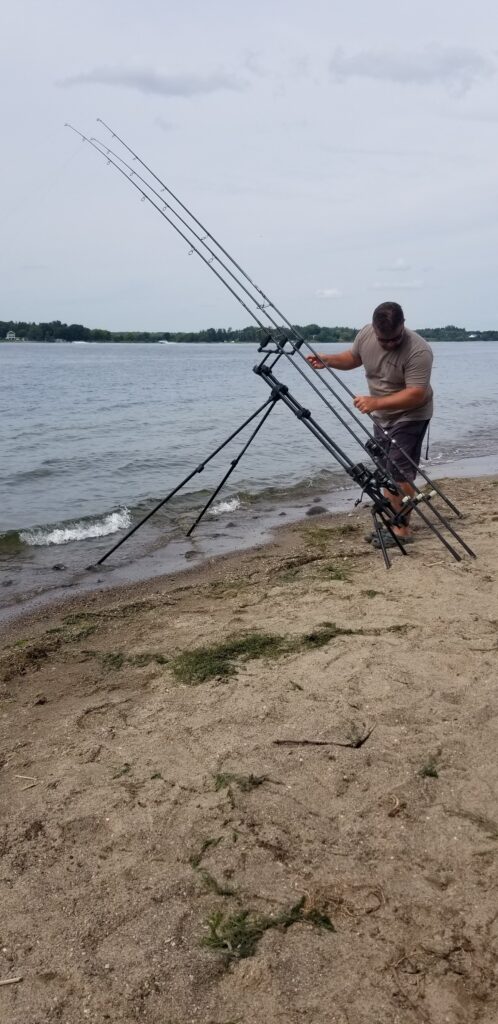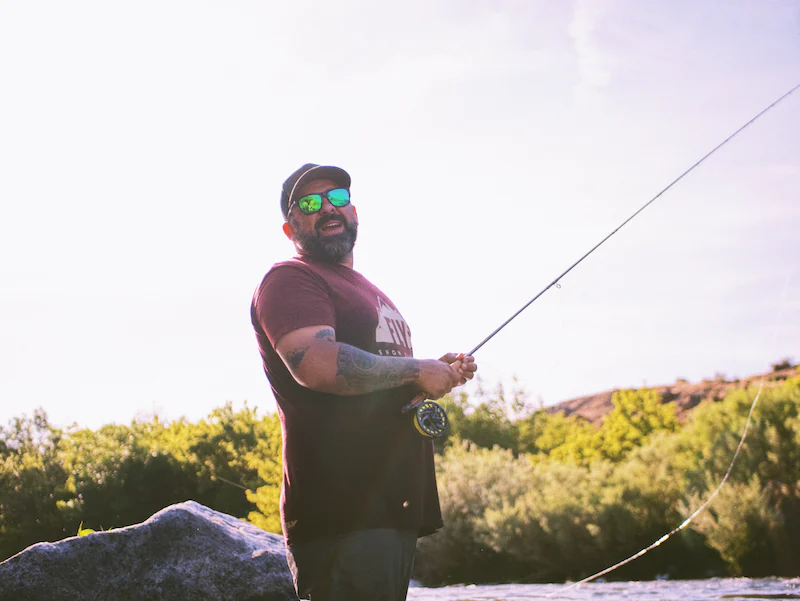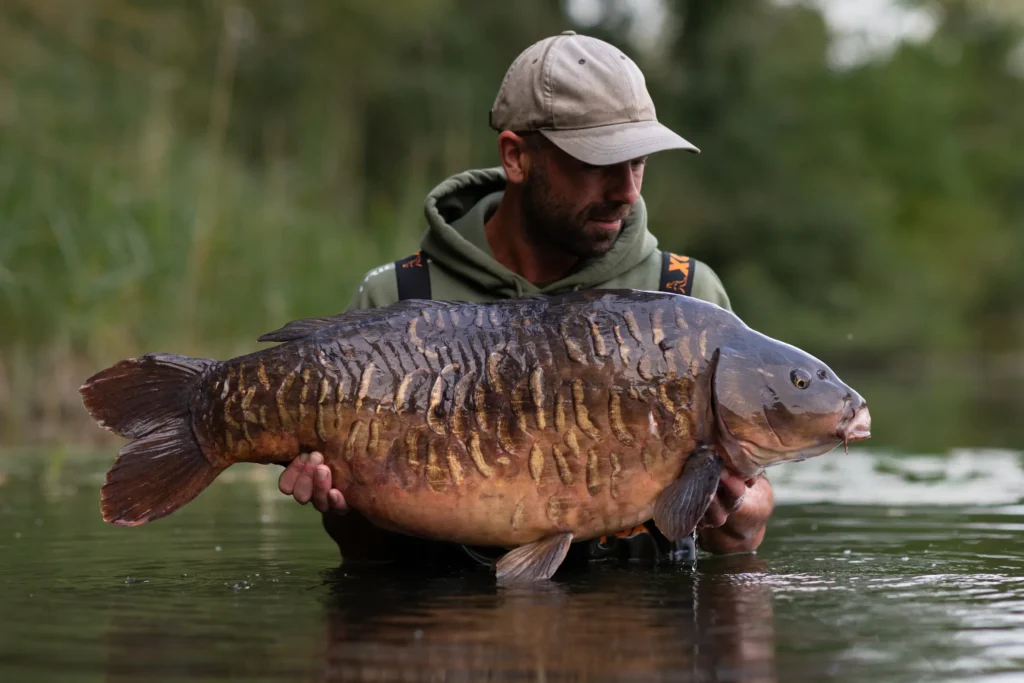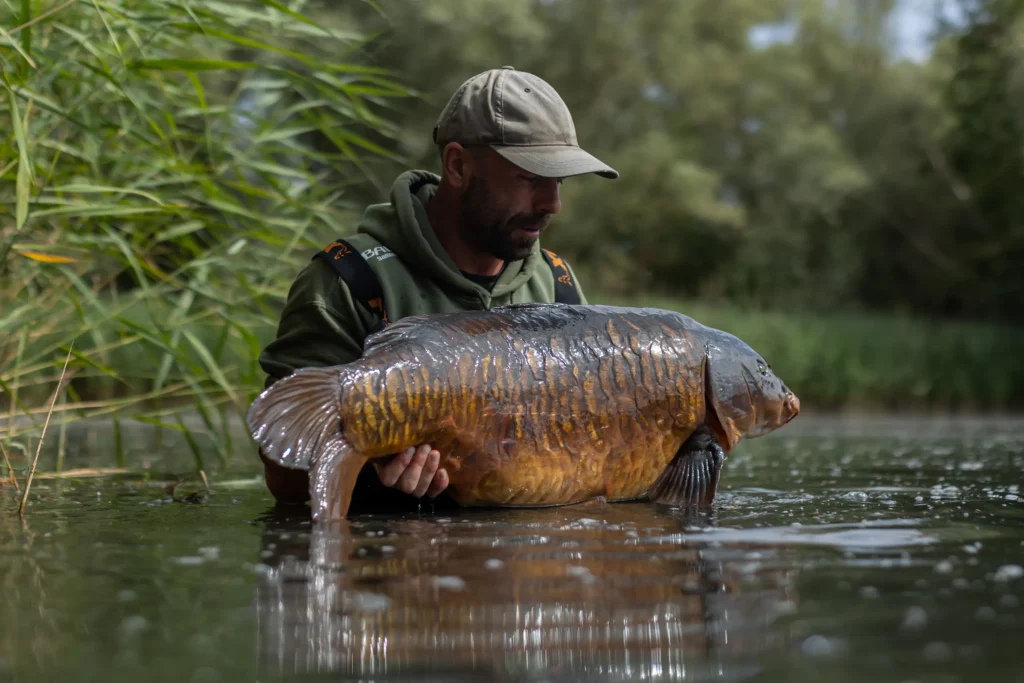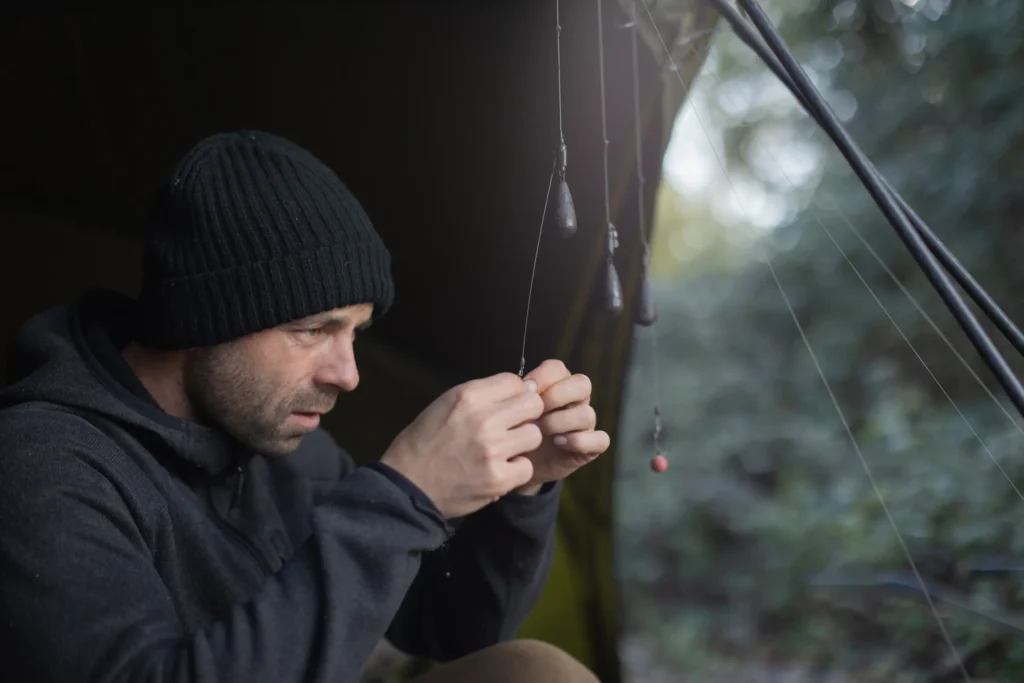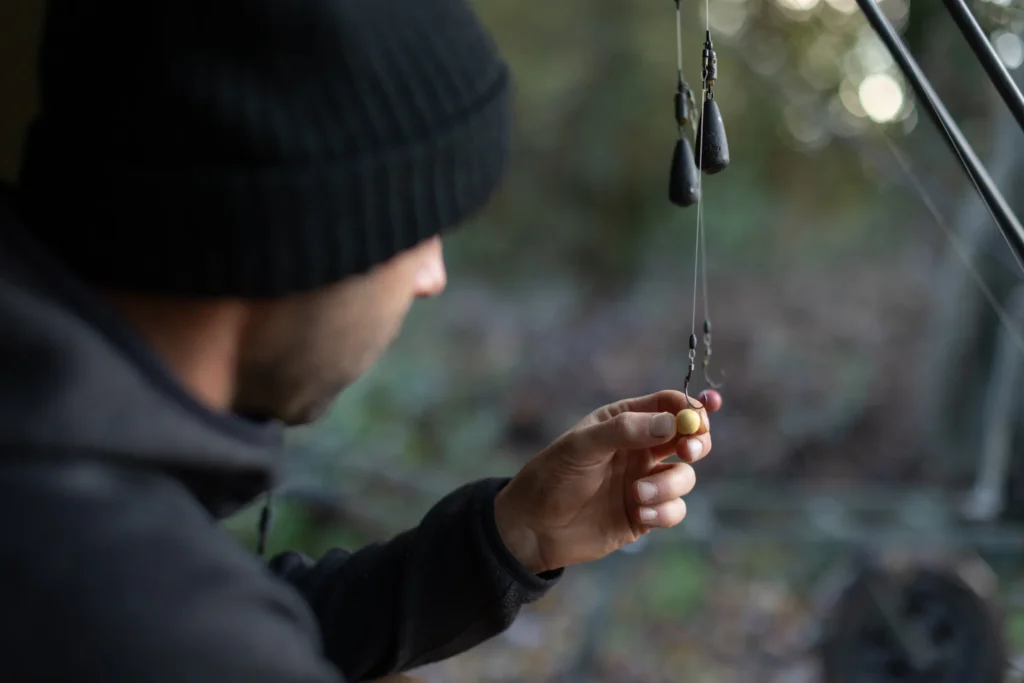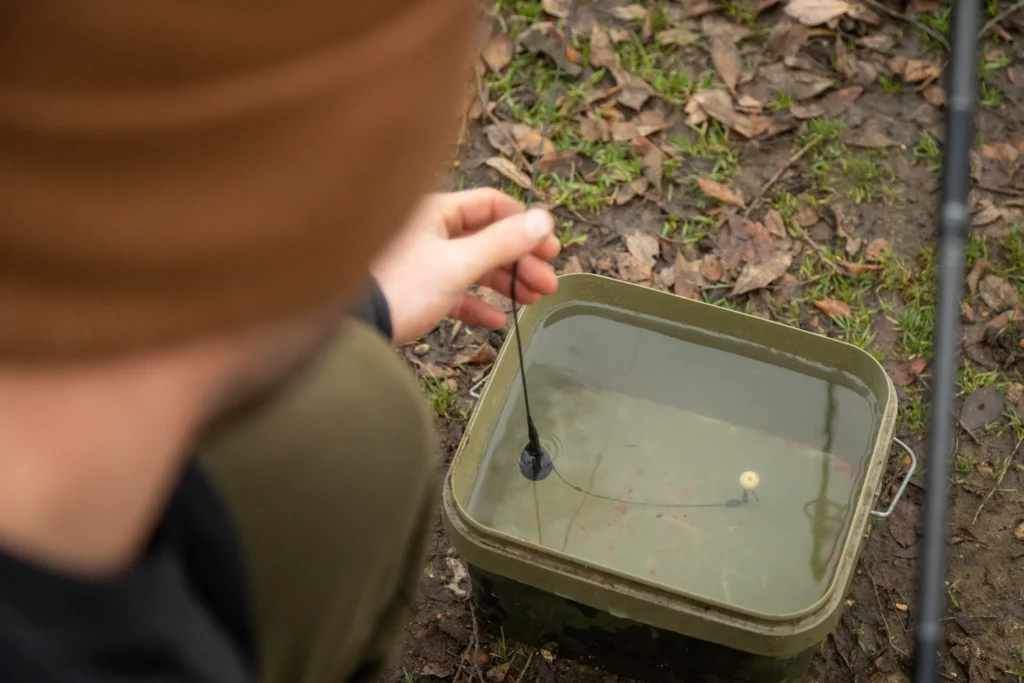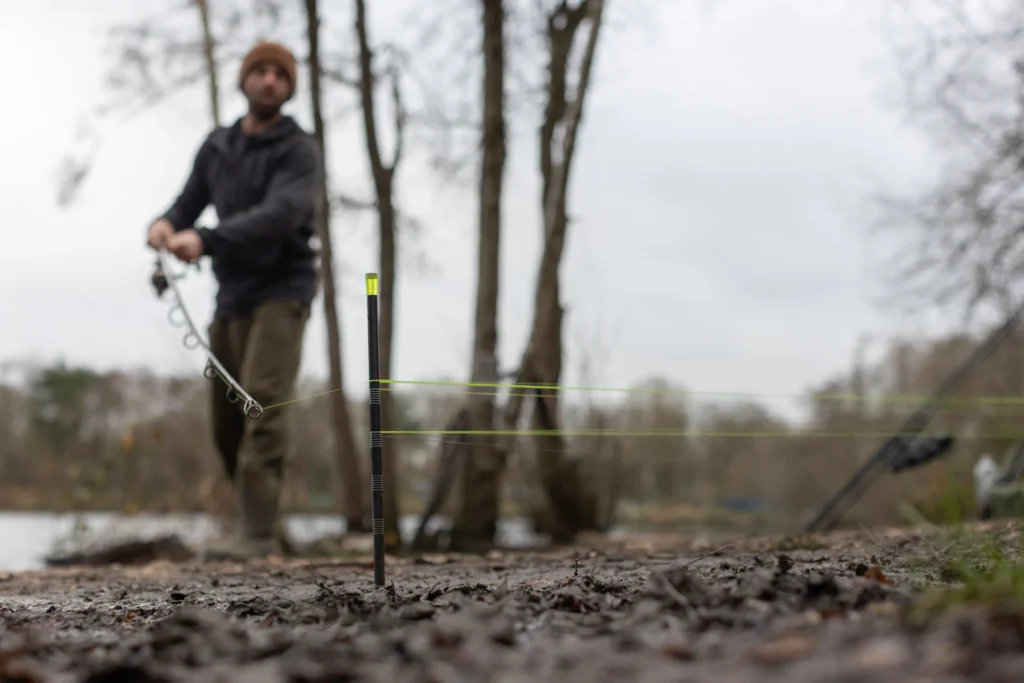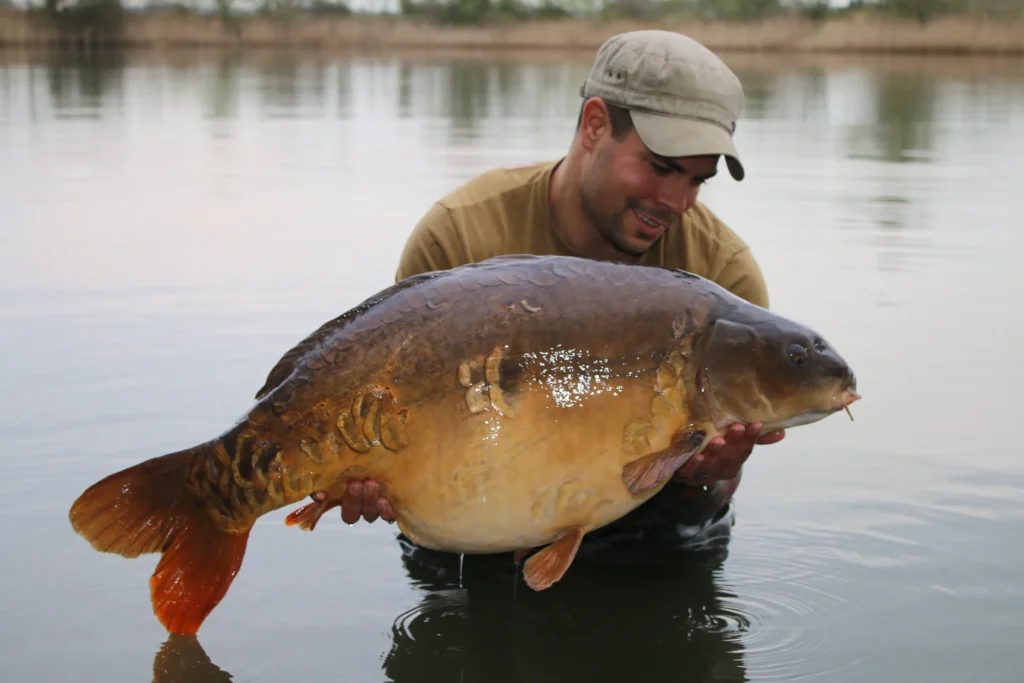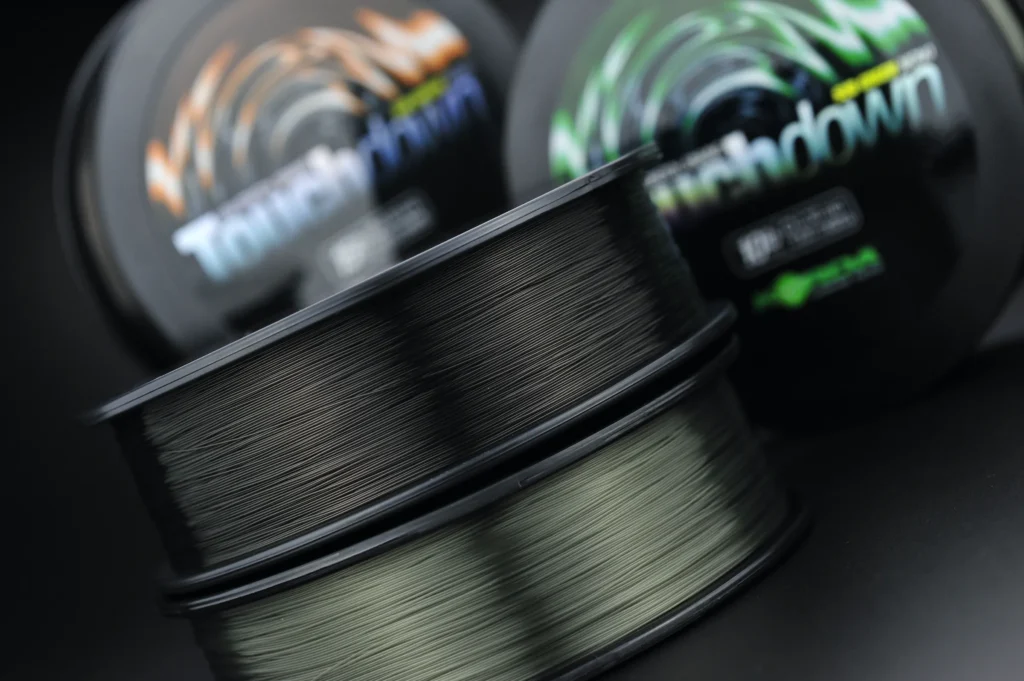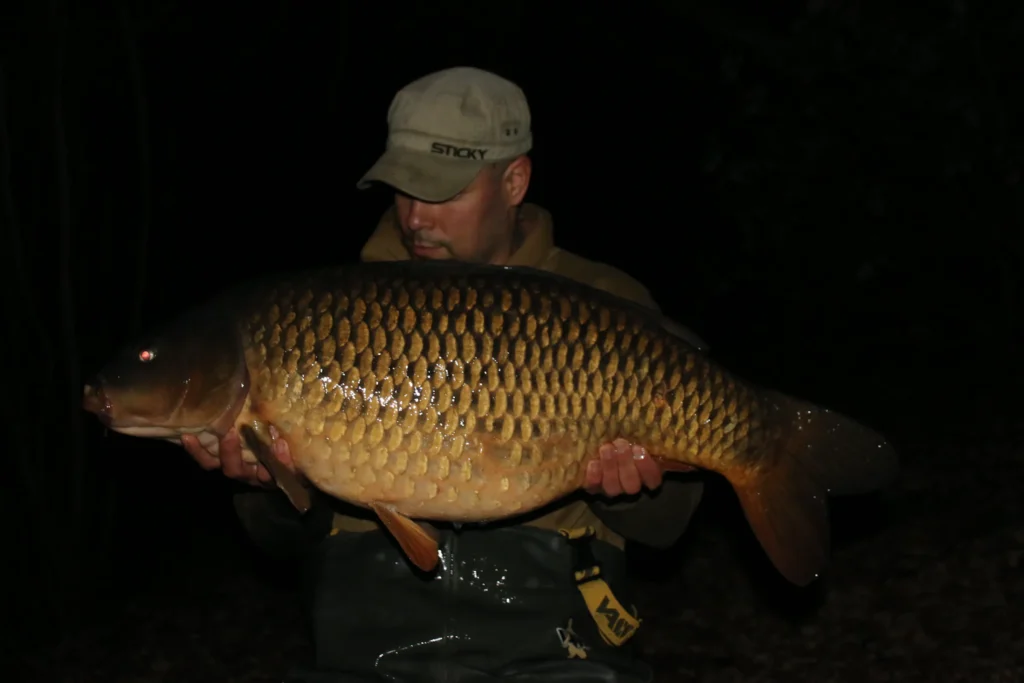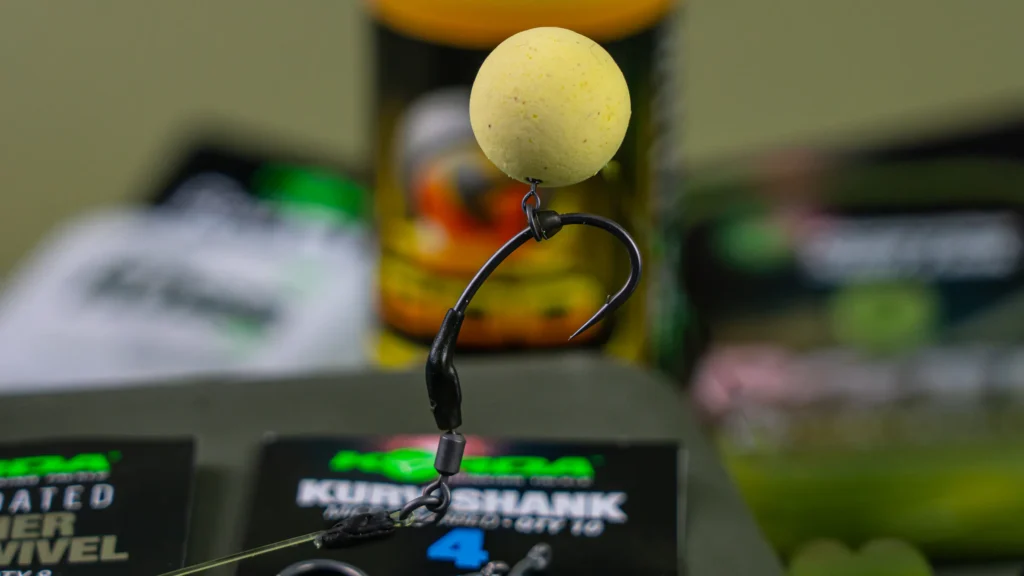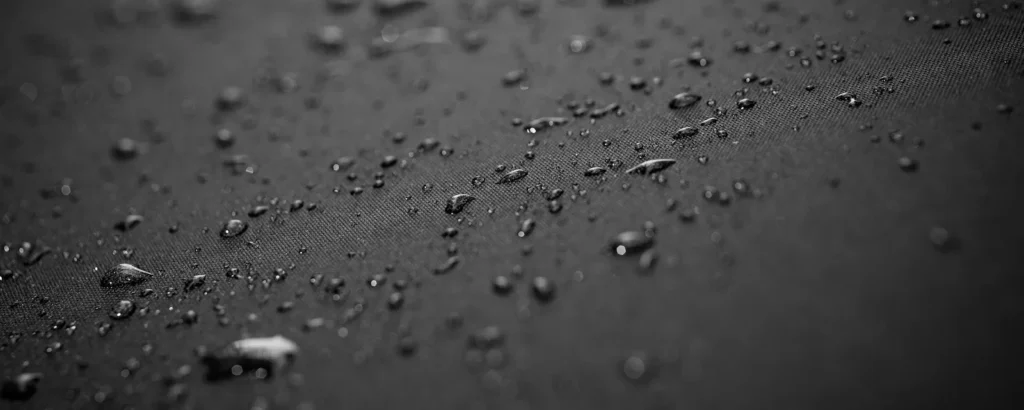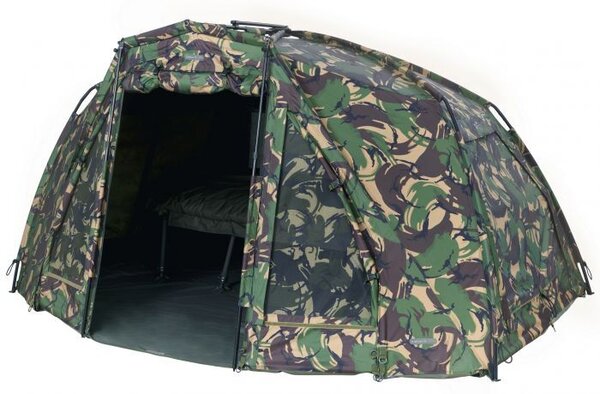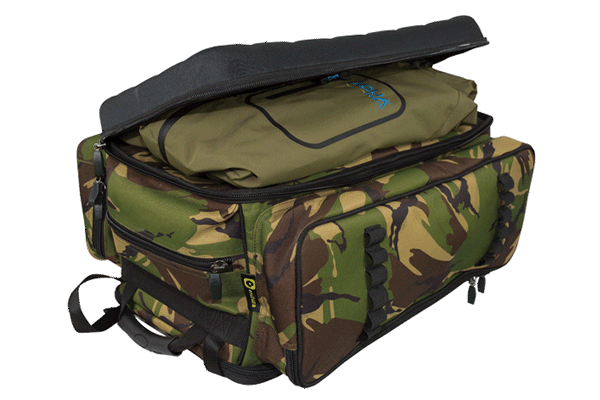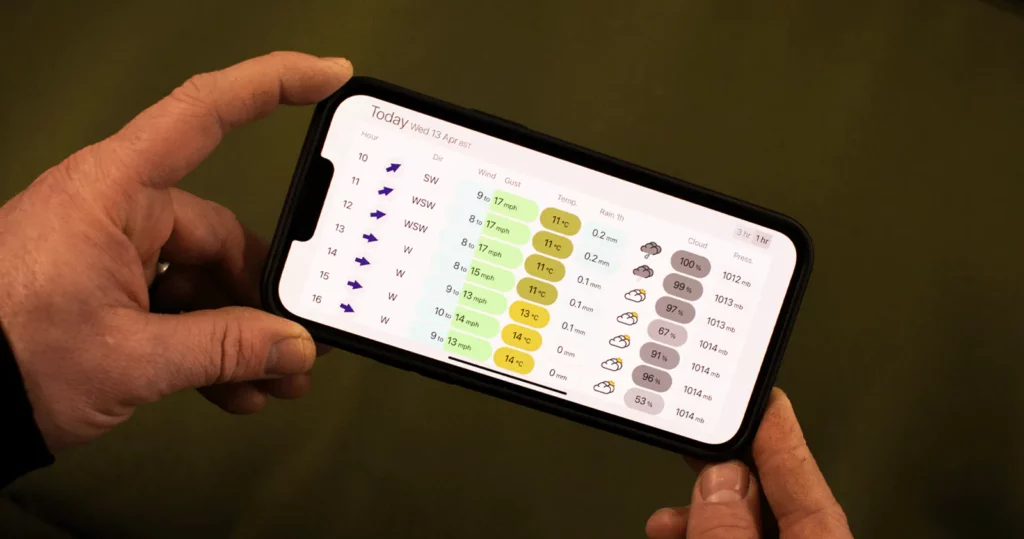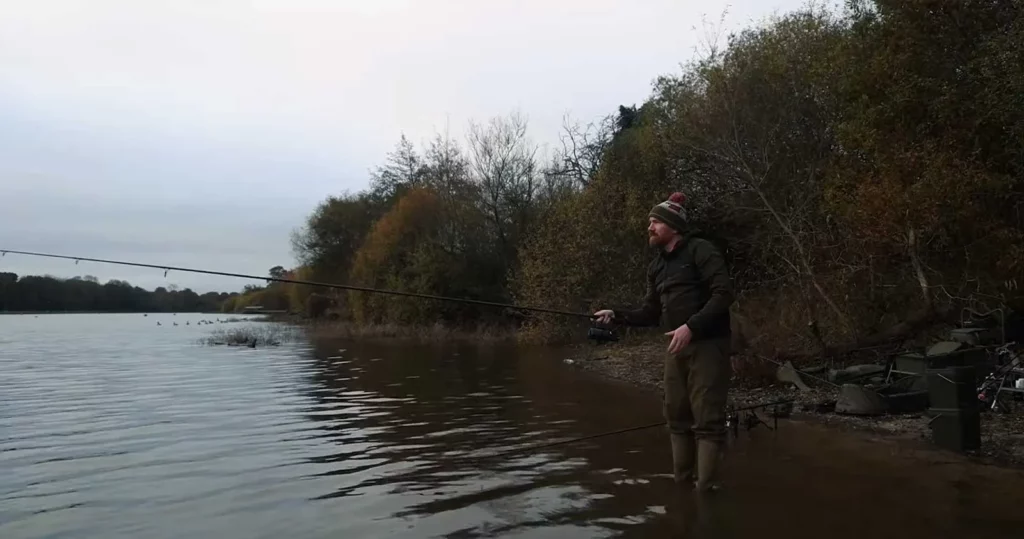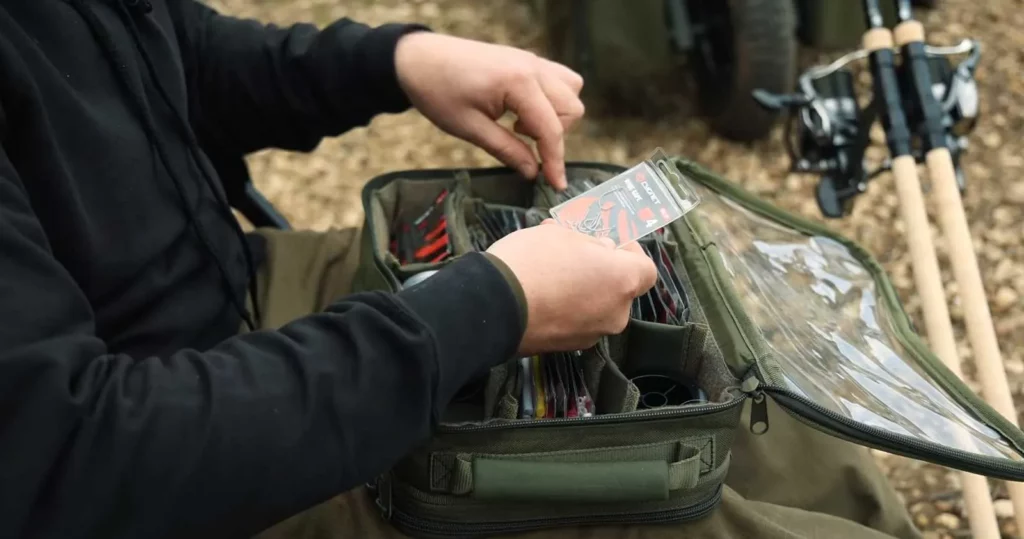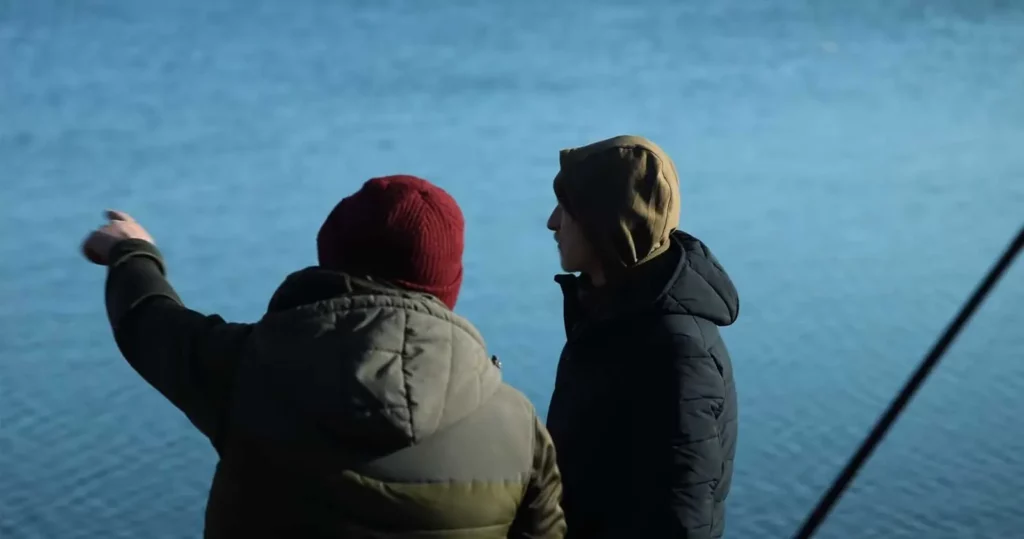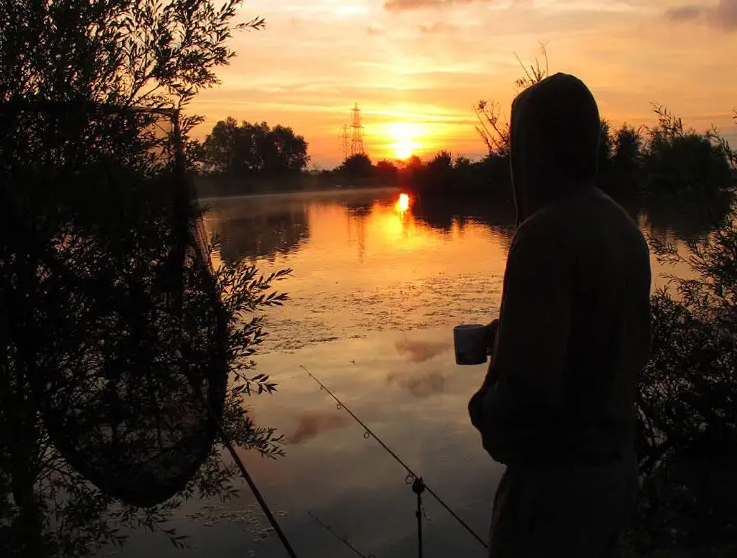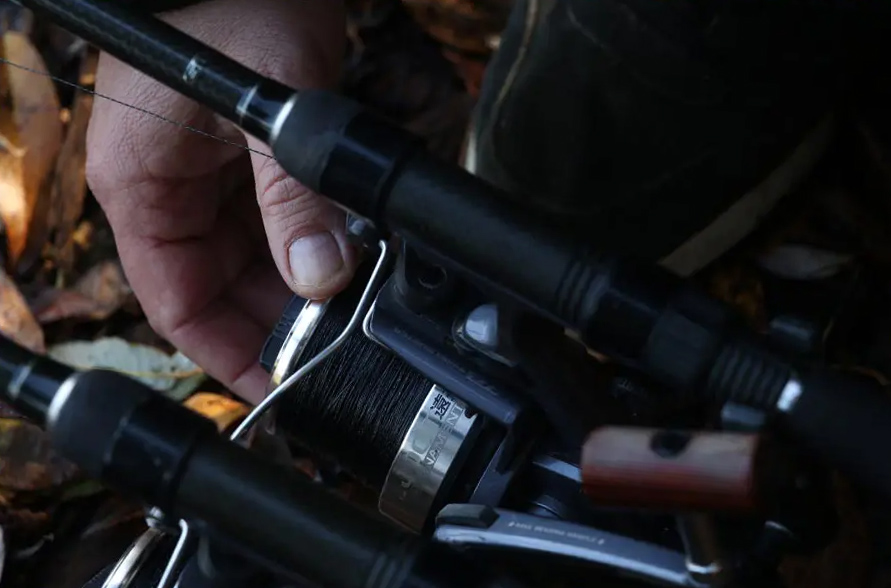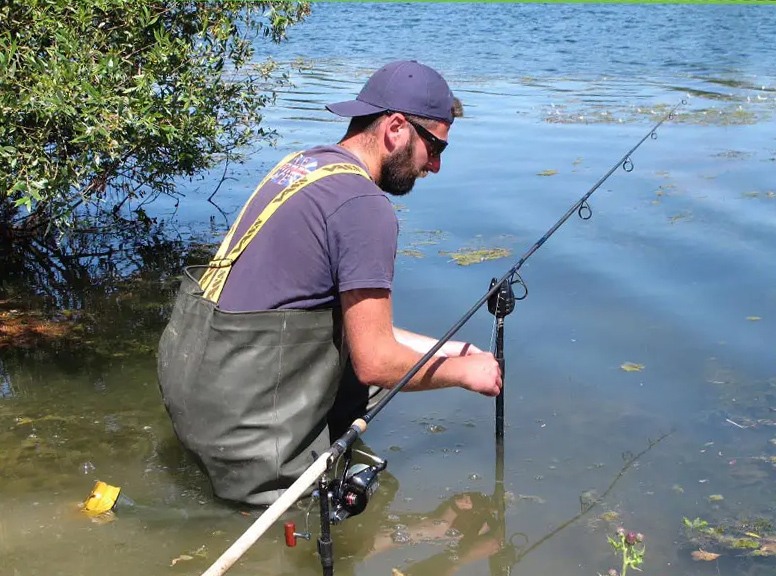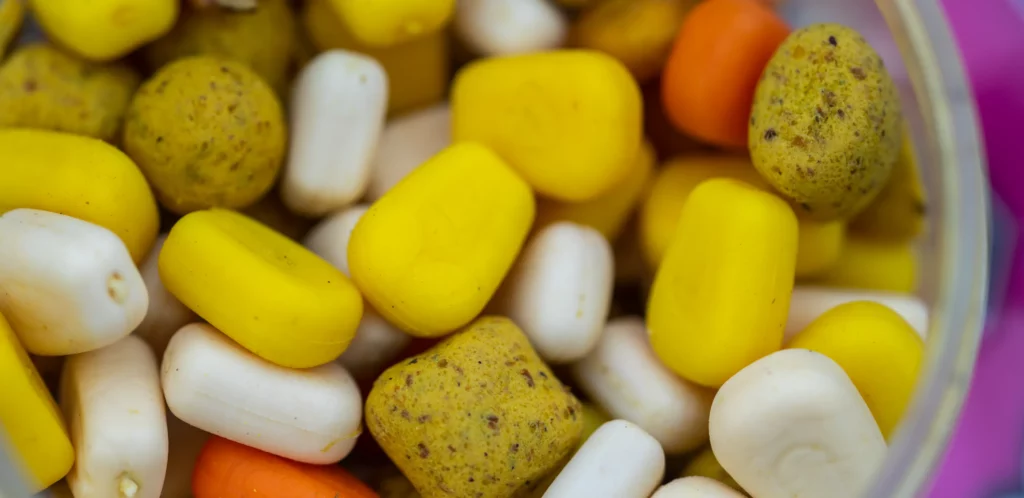Exploring the comprehensive range of our plastic hook baits, known as Fake Food, delving into their effectiveness. Plastic hook baits have significantly influenced carp fishing, becoming a popular choice among anglers seeking durable bait with buoyancy.
Plastic hook baits have made a notable impact on carp fishing, emerging as a favored option for anglers in search of robust and buoyant bait.
Korda’s Fake Food series originated with plastic sweetcorn, expanding to encompass artificial maize and dumbells. A slow-sinking match-the-hatch imitation boilie was added to complete the collection. Through collaboration with Mainline, we ensured these baits align with their freezer and ready-made counterparts in both color and flavor, offering sizes of 15mm or 18mm. Anglers now have the choice between vibrant, attention-grabbing baits and more subdued options that harmonize with their freebies.

These adaptable baits can be used independently, such as a lone piece of maize in a Solidz PVA bag, or as an embellishment to introduce color to a genuine boilie, particularly favored with artificial corn.
Offered in pop-up or slow-sinking variations, these baits uphold steady buoyancy through an enclosed air pocket, enduring even after extended exposure to water. The plastic version provides resistance against nuisance species, making it well-suited for deploying smaller baits without worries about damage or removal by other species like crayfish or roach.
Fashioned from robust rubber, these baits endure encounters with species like crayfish or poisson chat, provided they are securely fastened with corresponding hair stops. Throughout the manufacturing process, flavor and color are infused into the plastic prior to molding, ensuring a longer-lasting fragrance compared to conventionally soaked baits.
Compatible with diverse rigs and configurations, these baits serve myriad purposes, from infusing color into a snowman presentation to mimicking a pop-up on a spinner rig in crayfish-infested waters. Regardless of your preferences in a rubber bait, our collection presents the ideal size, color, buoyancy, and flavor to suit your requirements.
Pop-Up Corn
This has established itself as an outstanding attractor for fish throughout the years, being the inaugural product in the Fake Food lineup, and emulates the size of an actual grain of corn.
Equipped with an internal air pocket, this variant possesses the buoyancy required to elevate most rigs, particularly when deployed in pairs, and is available in an array of flavors and colors.
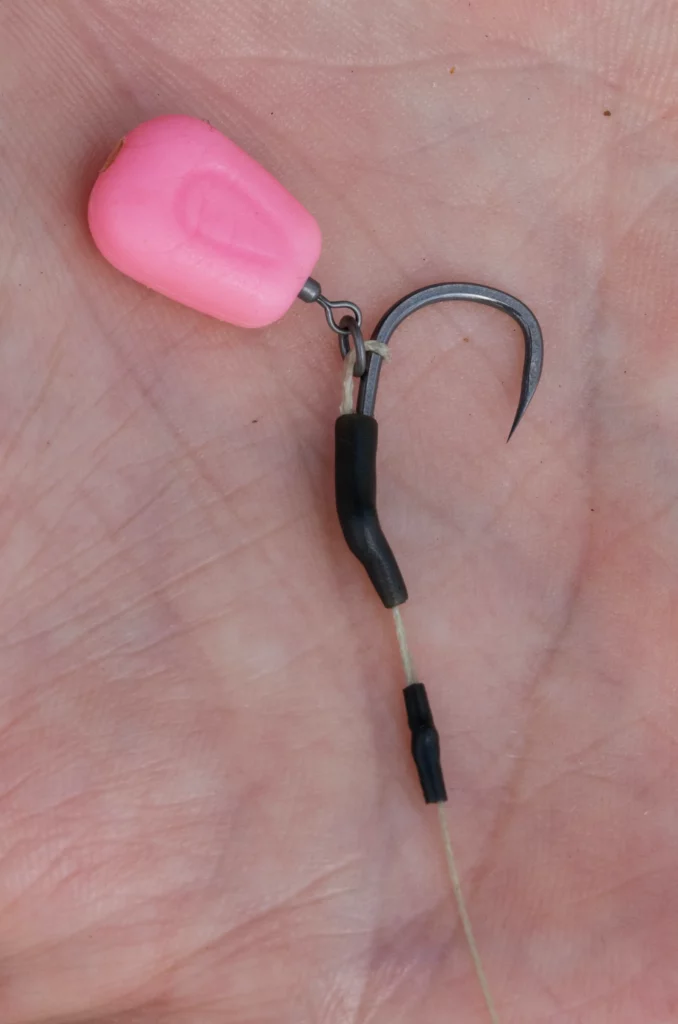
In addition to the original yellow coloured IB flavour, which has always been a big favourite, that same flavour is now also available in bright pink, which has proven to make a big difference to catch rates on some venues at certain times of the year, when it outfishes other colours. There is also a Citrus Zing flavour which now comes in orange (as opposed to the green colour it was previously available in), a pink coloured Fruity Squid variety, and Banoffee in white.
Each packet contains 12 pieces of pop-up corn plus free hair stops in a matching colour.
Slow Sinking Corn
The slow sinking version of the corn is great for situations when you want to be fishing a bait touching the lakebed, but want it to still have some buoyancy so that it is easily sucked in by a feeding carp.
It still has more buoyancy than using real sweetcorn, plus it has all the advantages that come with being made from plastic and being immune to the attentions of nuisance species, plus the buoyancy won’t alter when it has been in the water for a prolonged period of time.
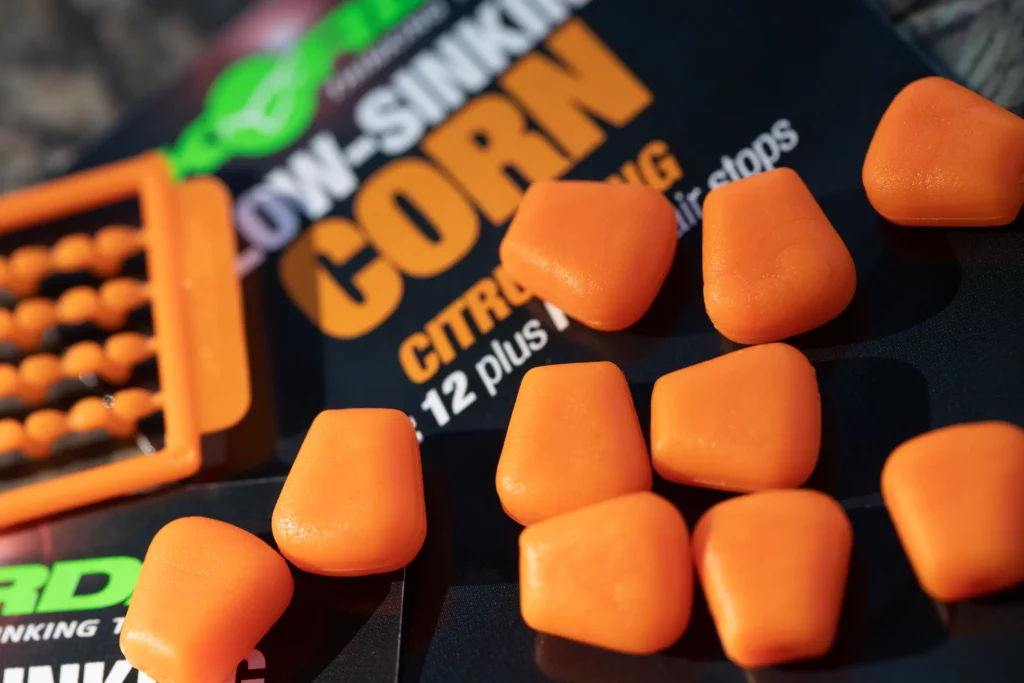
In addition to the original yellow coloured IB flavour, which has always been a big favourite, that same flavour is now also available in bright pink, which has proven to make a big difference to catch rates on some venues at certain times of the year, when it outfishes other colours.
There is also a Citrus Zing flavour which now comes in orange (as opposed to the green colour it was previously available in), a pink coloured Fruity Squid variety, and Banoffee in white.
Each packet contains 12 pieces of slow sinking corn plus free hair stops in a matching colour.
Pop-Up Maize
Maize is one of those baits which has become popular in recent years and is used by many anglers in their spod/particle mix.
This plastic pop-up version is larger than the fake sweetcorn which we do, and reflects the size difference between a grain of sweetcorn and a piece of maize. It means that it is more buoyant, due to a larger air pocket inside, and is therefore more suited to use with larger, heavier hooks, or with rigs that contain more metalware at the hook end, such as a spinner, as it still has enough buoyancy to keep it all clear of the bottom.
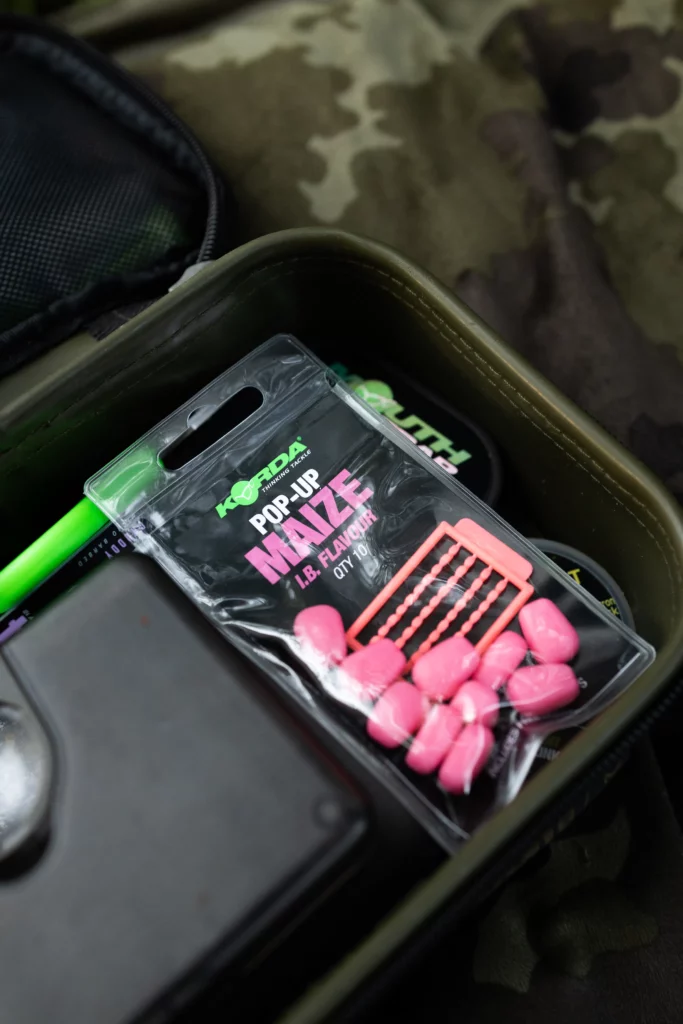
In addition to the original yellow coloured IB flavour, which has always been a big favourite, that same flavour is now also available in bright pink, which has proven to make a big difference to catch rates on some venues at certain times of the year, when it outfishes other colours. There is also a Citrus Zing flavour which now comes in orange (as opposed to the green colour it was previously available in), a pink coloured Fruity Squid variety, and Banoffee in white.
Each packet contains ten pieces of pop-up maize plus free hair stops in a matching colour.
Slow Sinking Maize
Maize has gained popularity among anglers for spod and particle mixes in recent years.
This slow-sinking plastic version is larger than our imitation sweetcorn, accurately mirroring the size contrast between a grain of sweetcorn and a piece of maize. With a larger internal air pocket, it boasts increased buoyancy, making it well-suited for larger, heavier hooks or rigs with more metalware at the hook end. The enhanced buoyancy ensures a gradual descent to the lake bed, enticing feeding carp to easily take the bait.
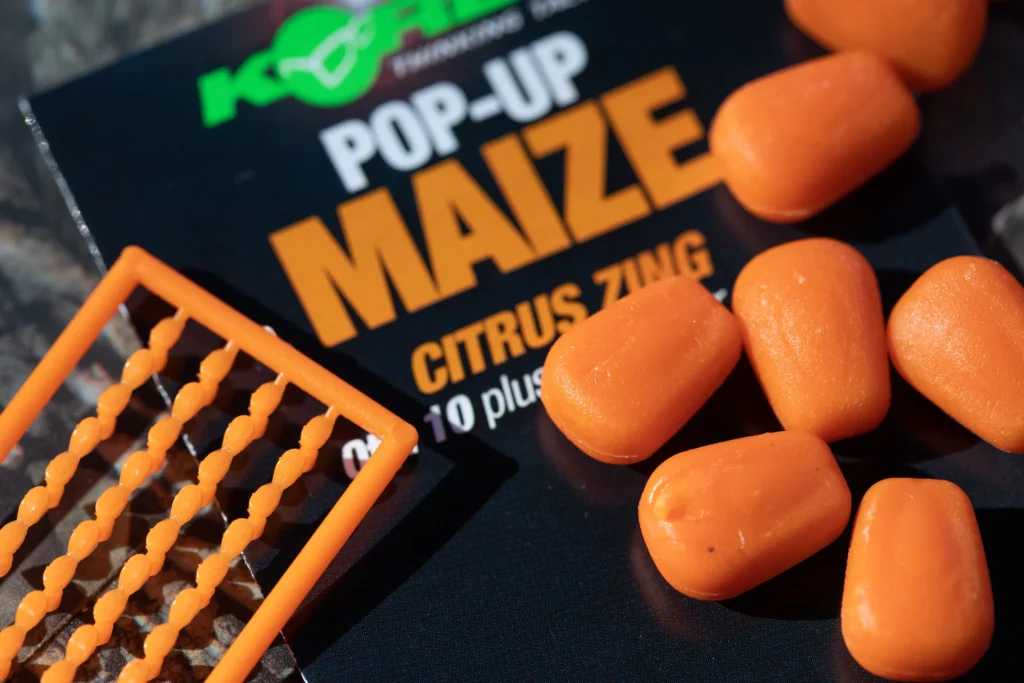
Apart from the beloved original yellow IB flavor, now a popular choice, this same flavor is offered in vibrant pink, demonstrating significant effectiveness in boosting catch rates on specific venues during certain times of the year, outperforming other colors. Additionally, the Citrus Zing flavor has transitioned to orange from its previous green variant, a pink-hued Fruity Squid variation is available, and Banoffee comes in white.
Each packet includes ten pieces of slow-sinking maize, accompanied by complimentary hair stops in a matching color.
Pop-Up Dumbells
These dumbbells can be used either individually or in conjunction with real baits, making them ideal for creating a snowman presentation.
Available in various sizes and colors, they offer a range of options for fishing, allowing you to choose between a vibrant, standout hookbait or a more subtle approach. The dumbbells are offered in four distinct color and flavor combinations.
With sizes ranging from 8mm, 12mm, to 16mm, you can tailor the buoyancy to your preference and select a bait size that complements your rig and hook size. Each dumbbell is equipped with a specialized recessed slot at the end, perfectly fitting the boilie stop and ensuring your bait stays secure even if targeted by crayfish. Each pack includes a strip of matching color boilie stops.
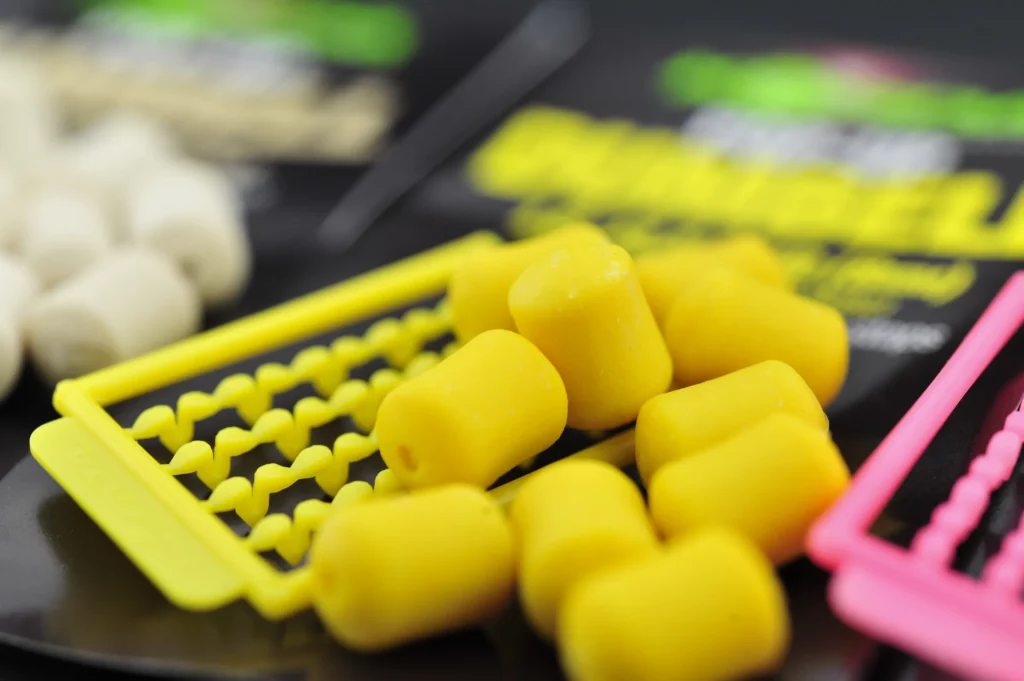
The Pop-Up Dumbbells are offered in enticing options such as white Banoffee, yellow IB, pink Fruity Squid, or Fishy Beige. Each package includes ten 8mm, eight 12mm, or five 16mm baits.
Tailored for a slow sinking action, these dumbbells are excellent for use in rigs typically designed for wafters. With a diverse range of sizes and colors, they provide ample choices, allowing you to opt for a vivid, attention-grabbing hookbait or a more subtle approach. The dumbbells are available in four distinct color and flavor combinations.
Featuring three different sizes in the range—8mm, 12mm, or 16mm—you can customize the buoyancy level and select a bait size that aligns with your rig and hook specifications. Each dumbbell is crafted with a specialized recessed slot at the end, ensuring a secure fit for the boilie stop and preventing the bait from dislodging, even when faced with crayfish. A strip of matching color boilie stops is included in each pack.
Mainline Slow-Sinking Boilie
Crafted to mimic the Mainline freezer and shelf-life baits, these rubber slow-sinking boilies offer an ideal choice for those seeking a discreet hookbait that complements their loosefeed.
Constructed from durable plastic, these boilies are resilient enough to endure encounters with nuisance species like crayfish, ensuring a reliable and ever-present bait. The design incorporates a recessed hair stop cavity, guaranteeing the stop remains securely in place, preventing easy removal, and delivering a tidy presentation.
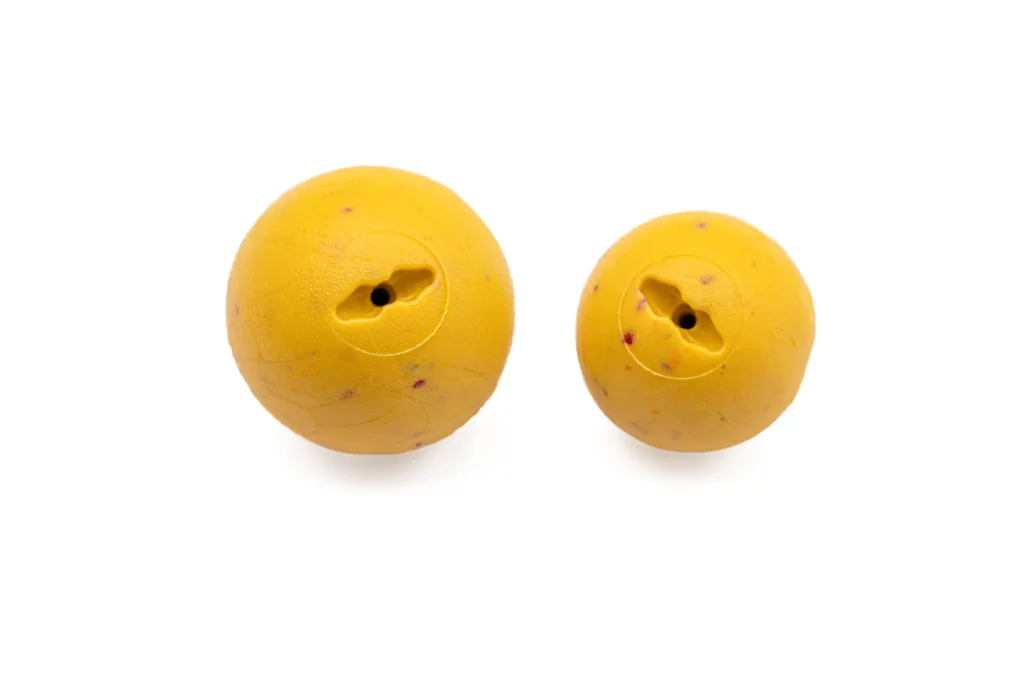
Infused with the identical Mainline Cell, Essential Cell, and Link attractors found in their boilies, these baits share the same color profile, offering a slightly faded appearance to seamlessly blend with your chosen baiting strategy.
Crafted to ensure a gradual descent and sustained buoyancy even after prolonged water exposure, these boilies are compatible with standard rigs designed for wafter-style hookbaits. Available in 15mm or 18mm sizes, each pack contains either nine or six boilies, depending on your chosen size.
Get Fake Foods now at Big Carp Tackle Store:
BUY NOW
